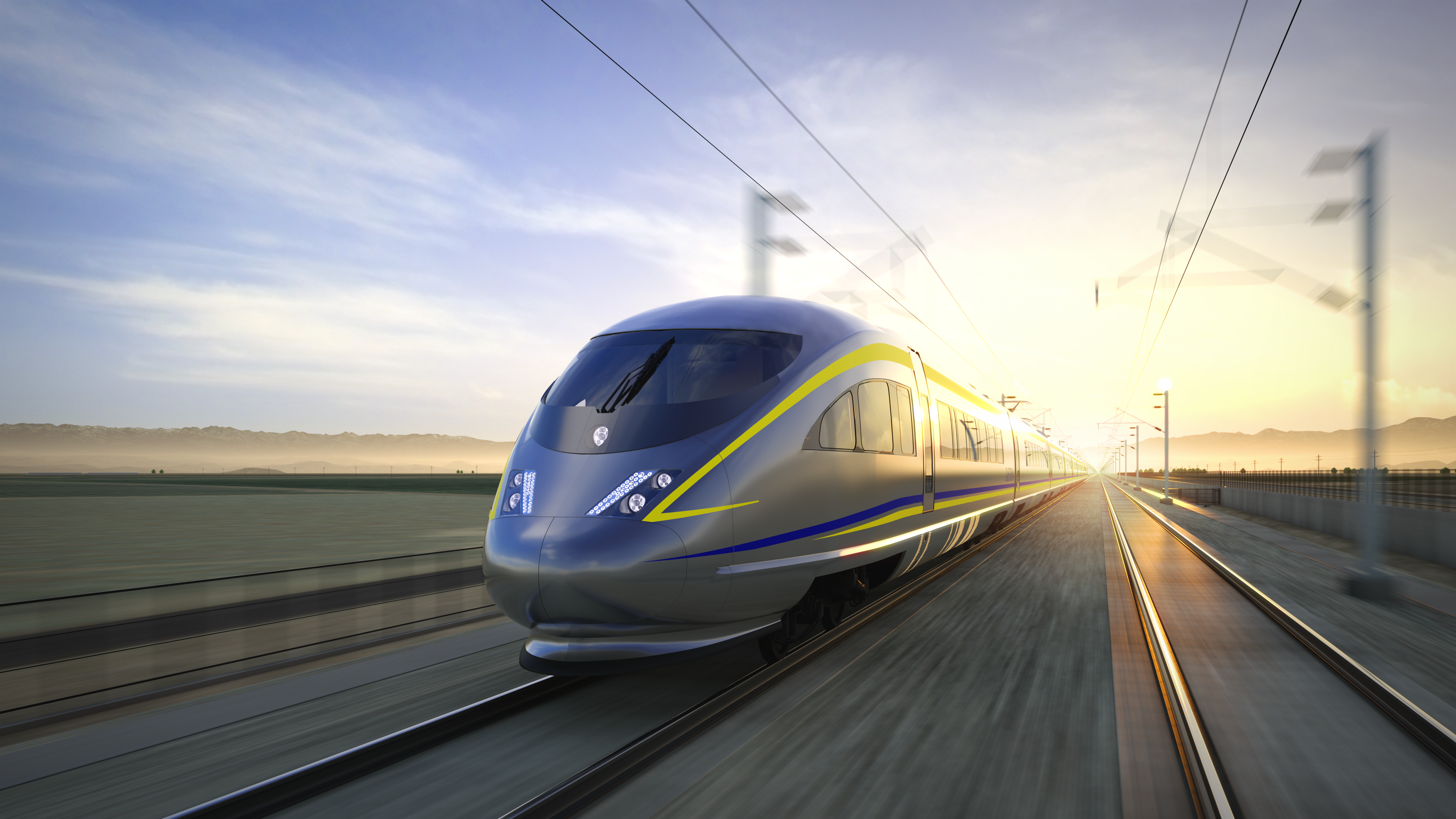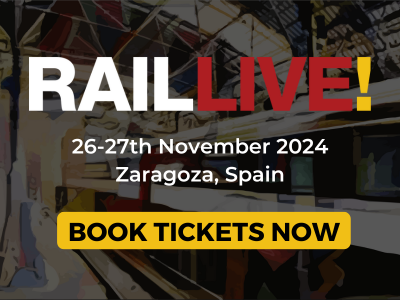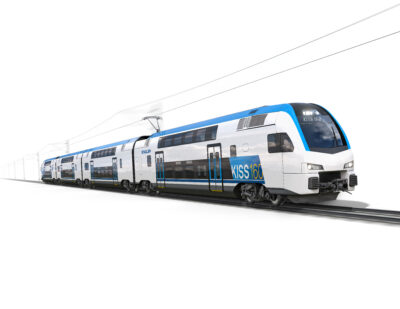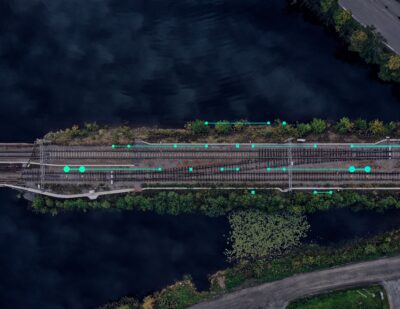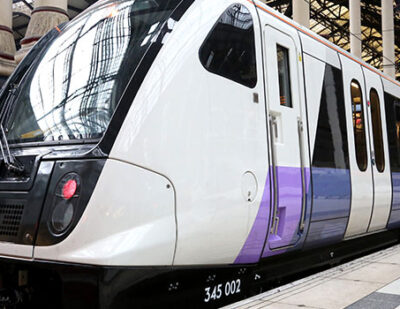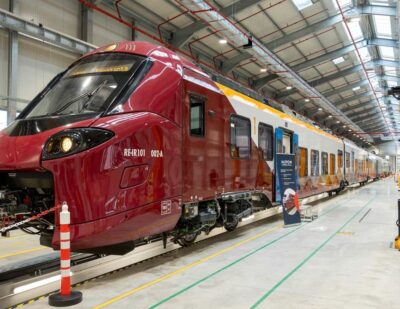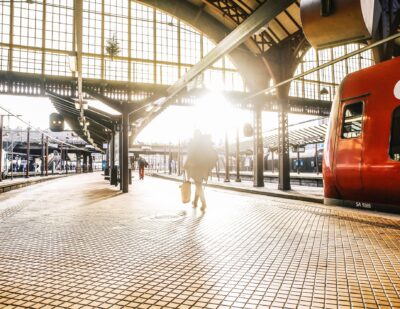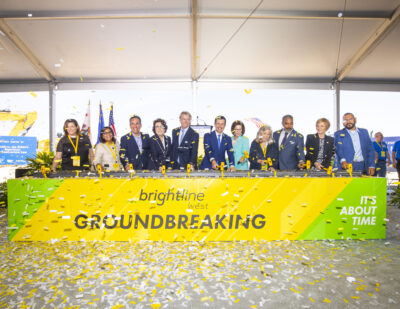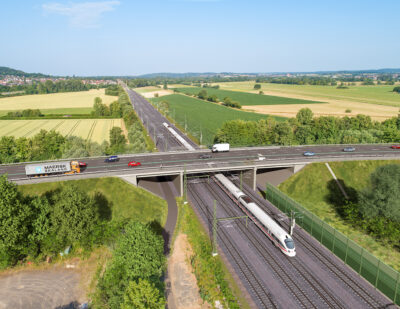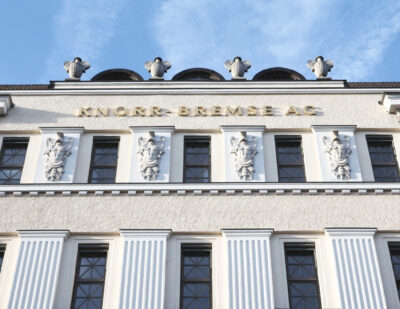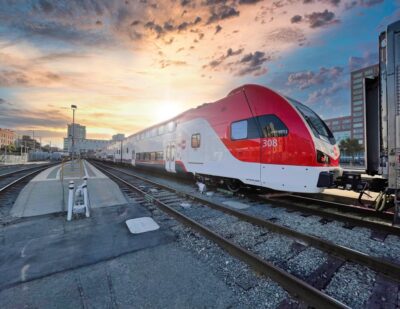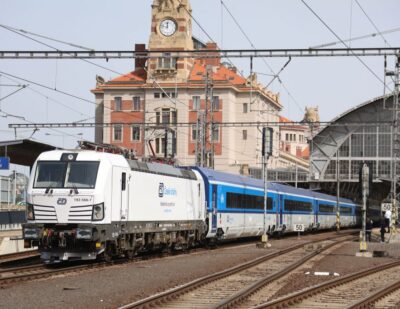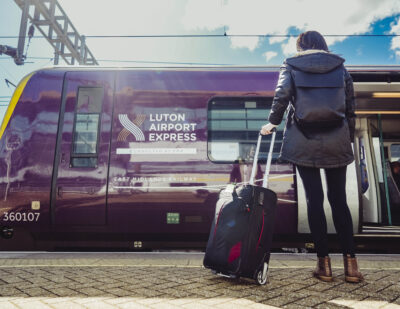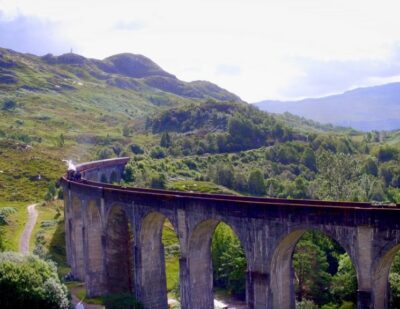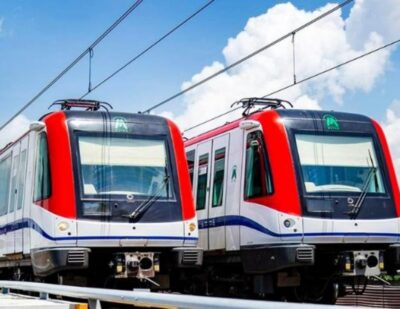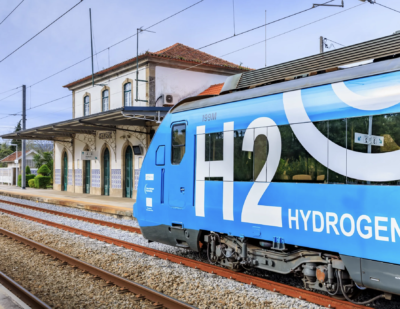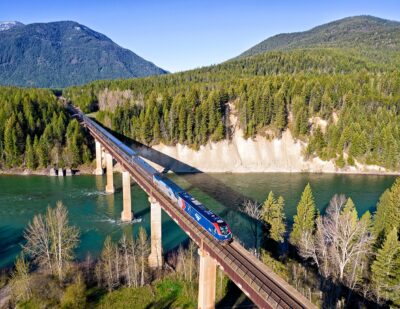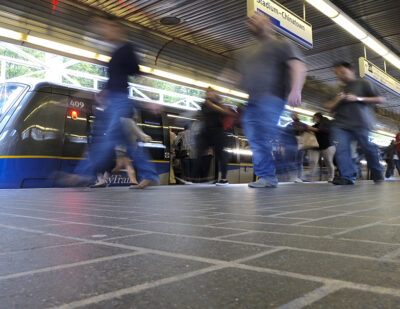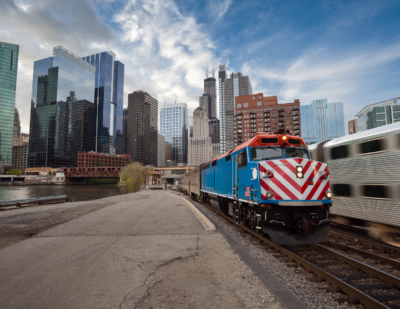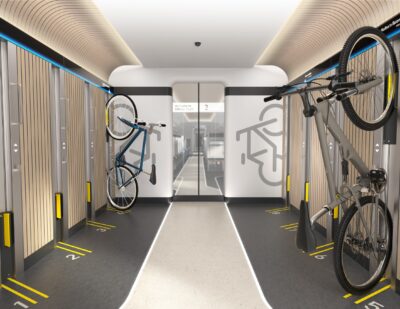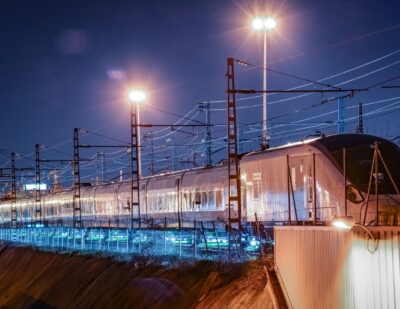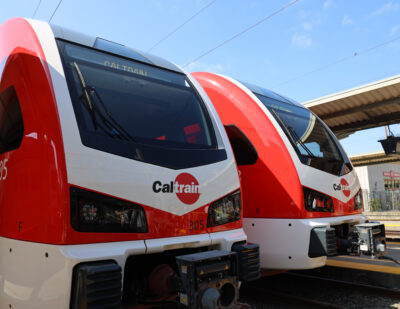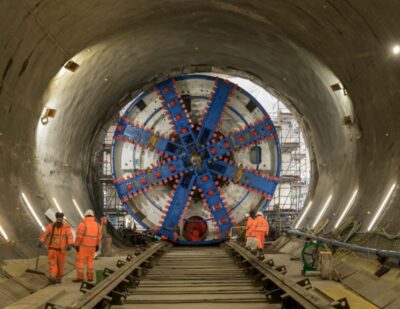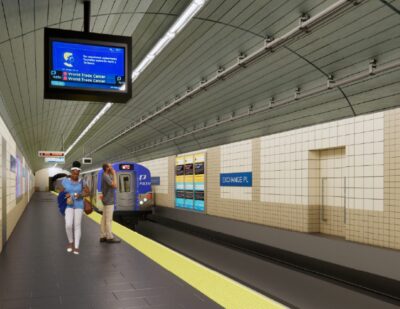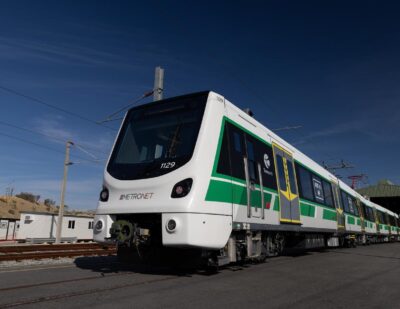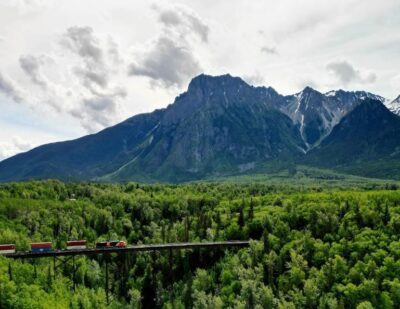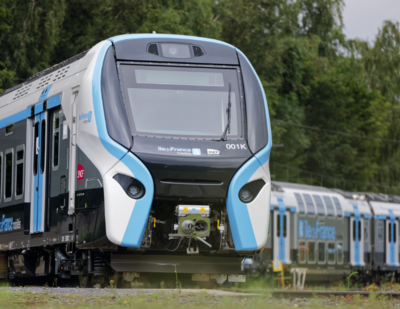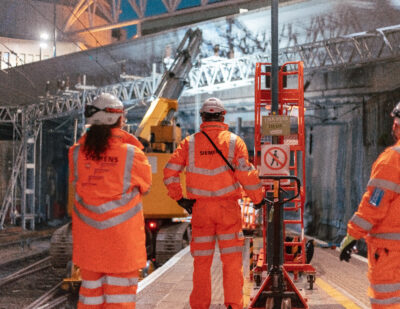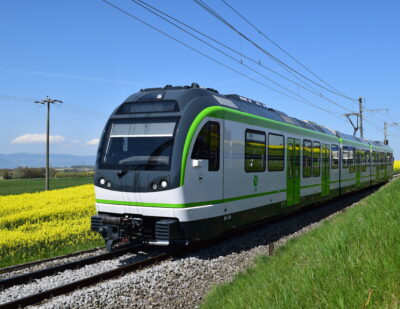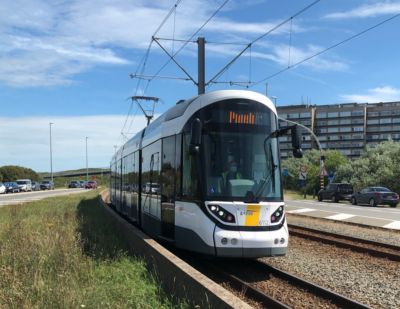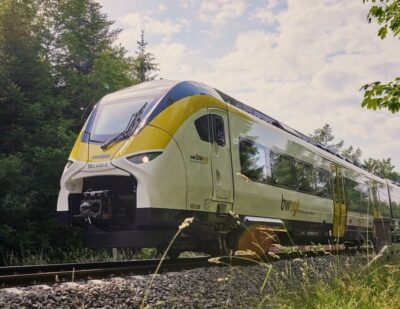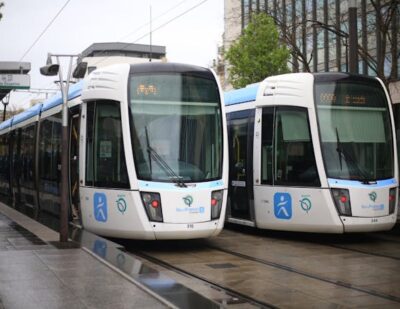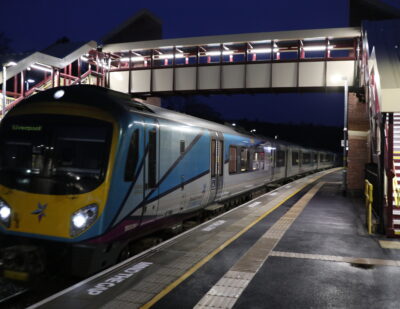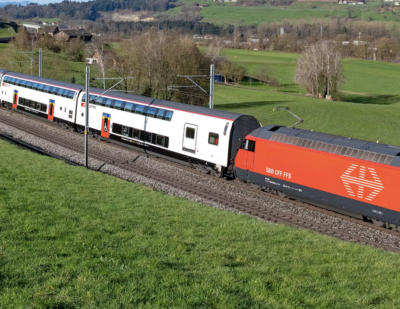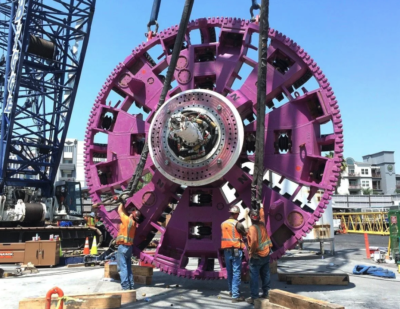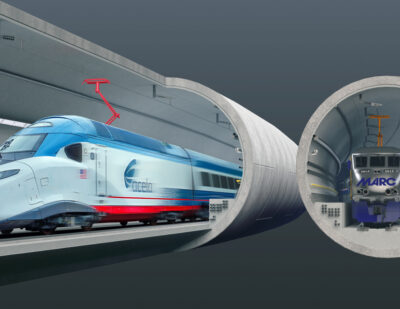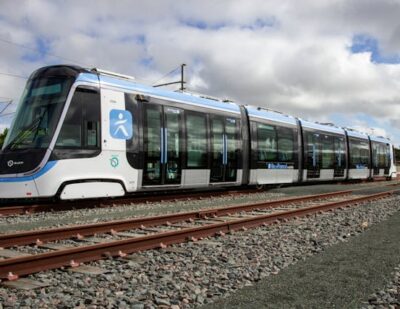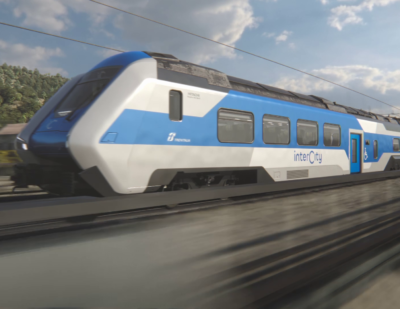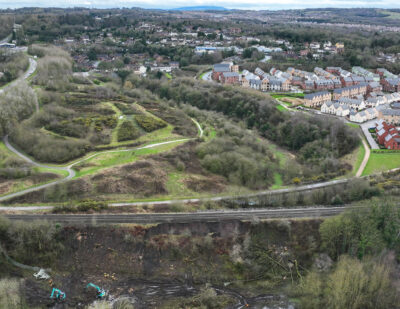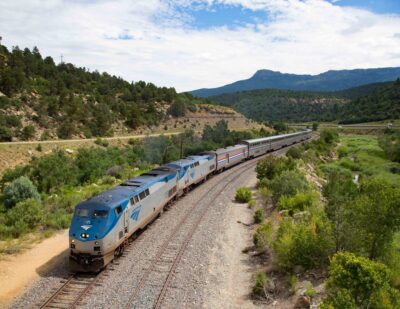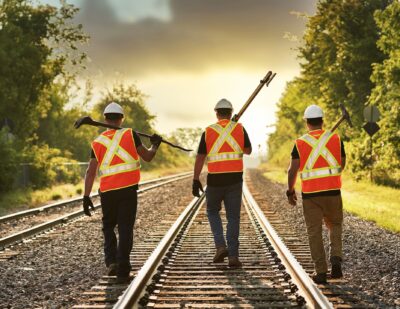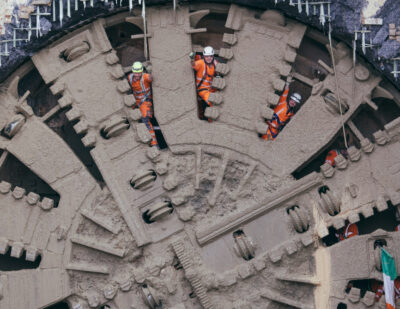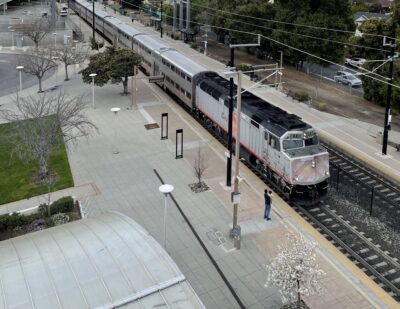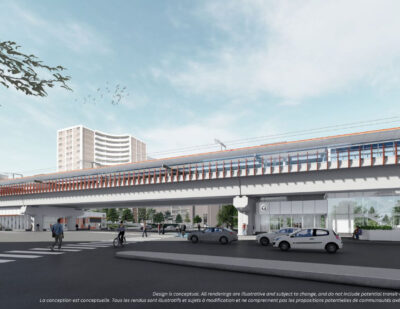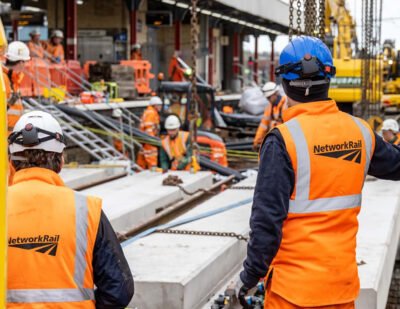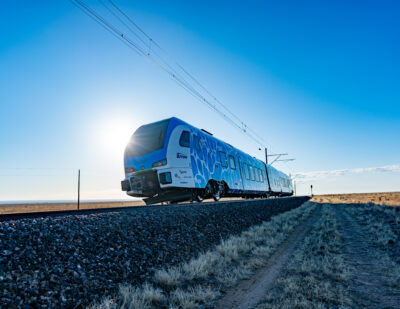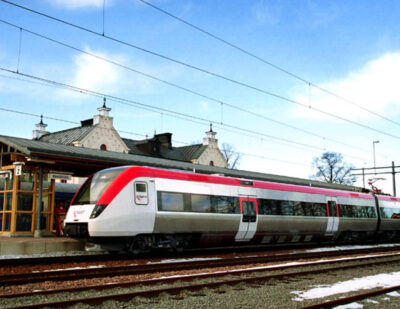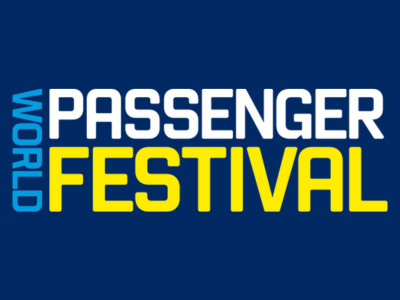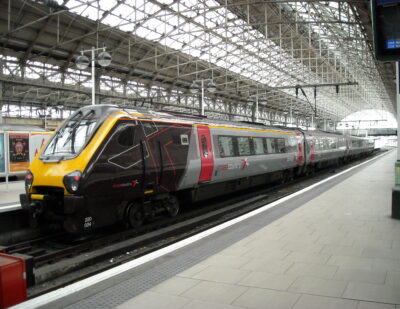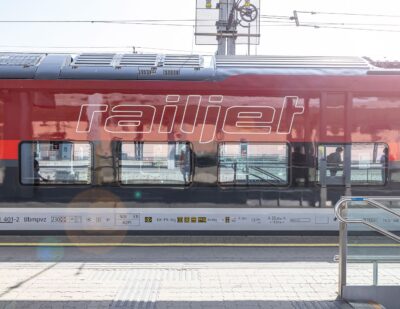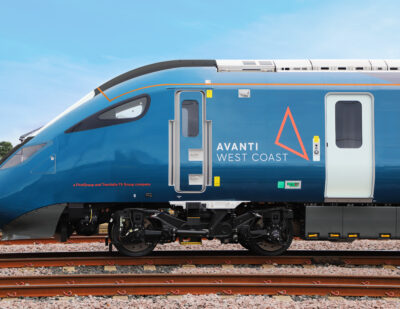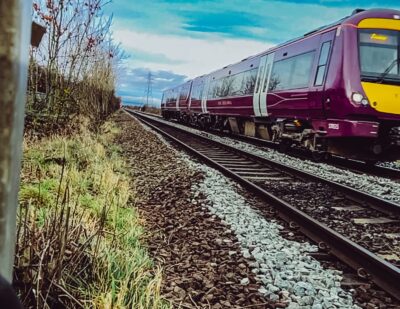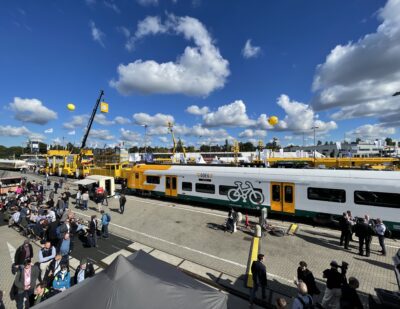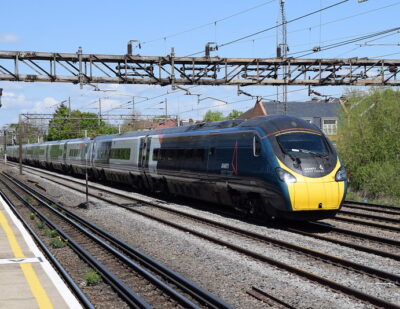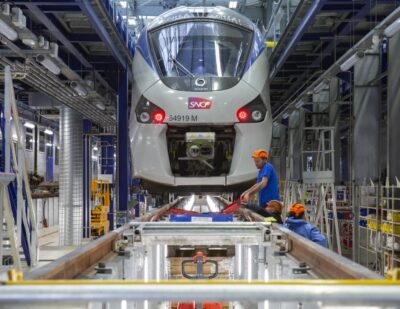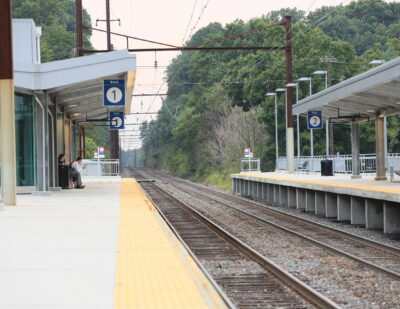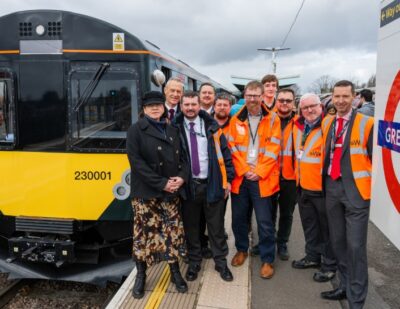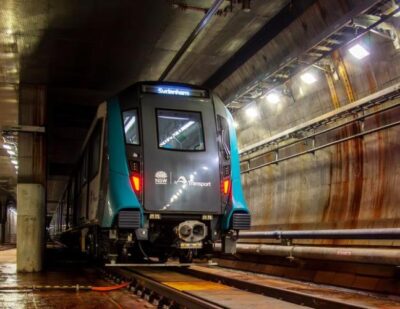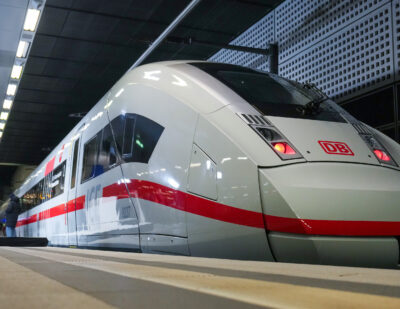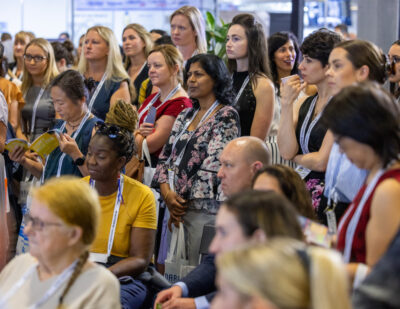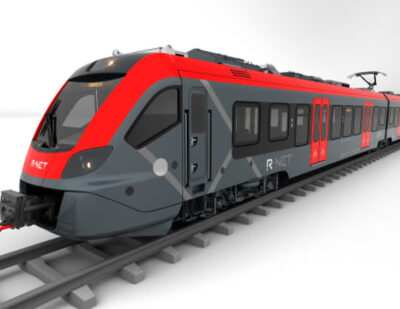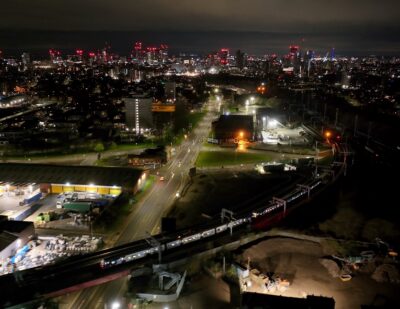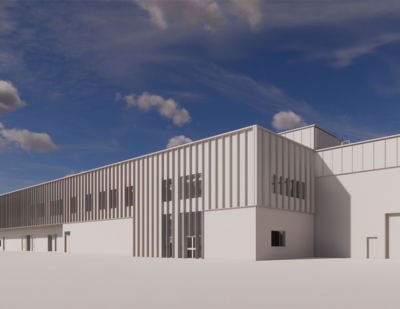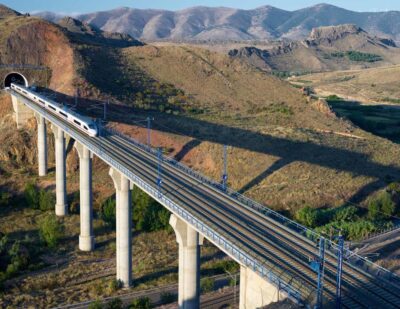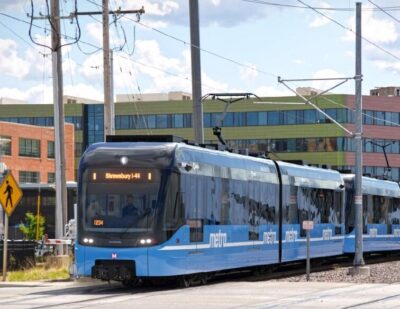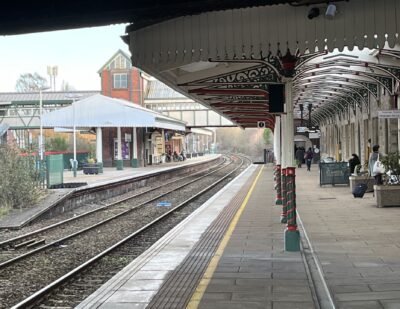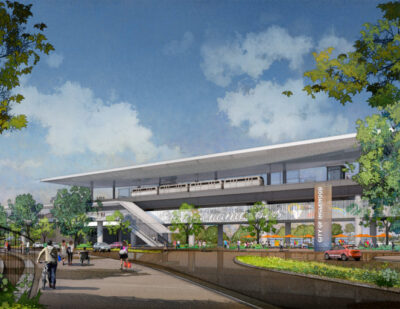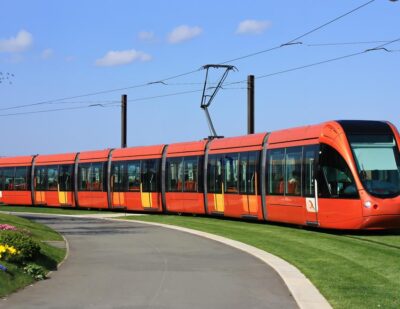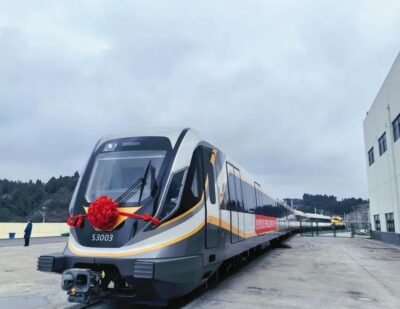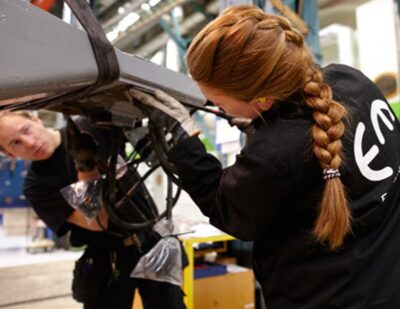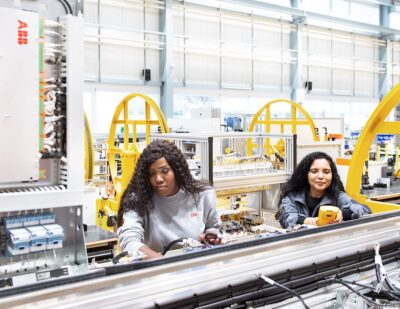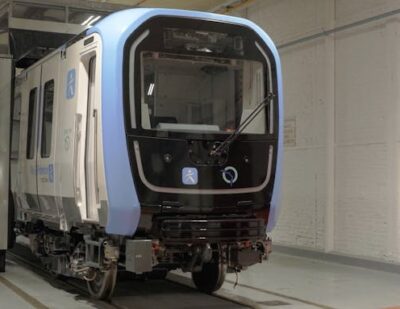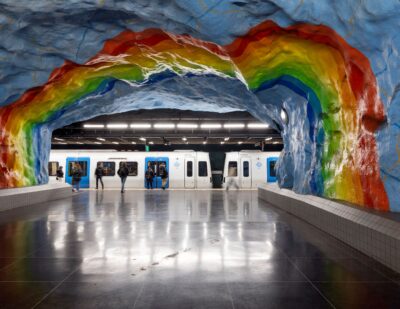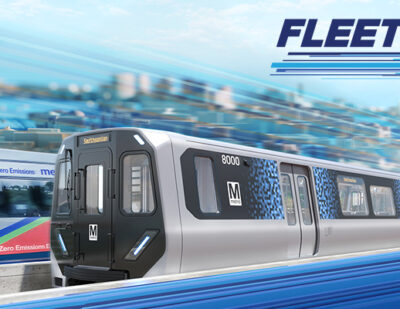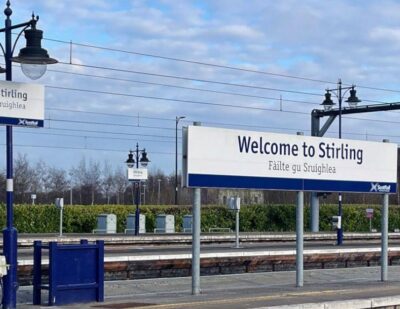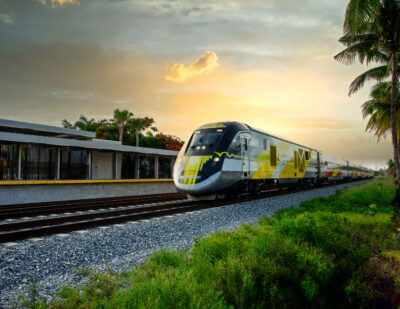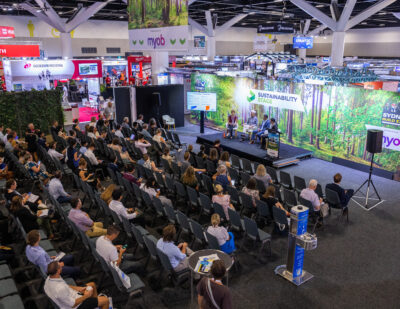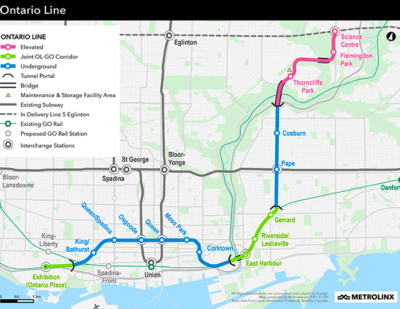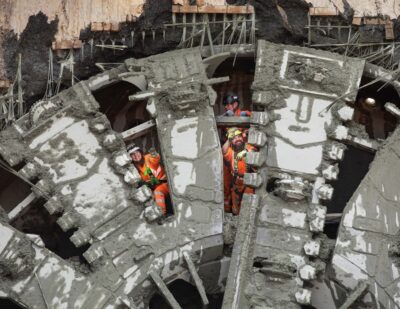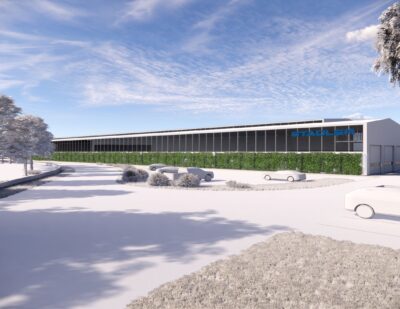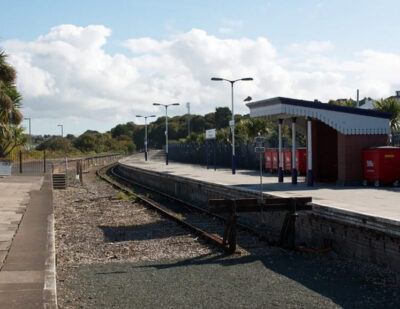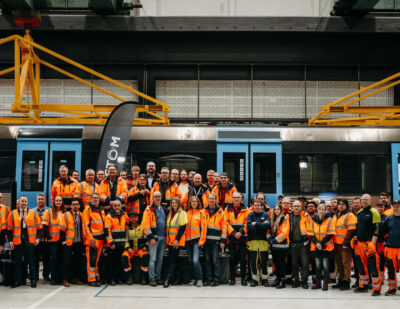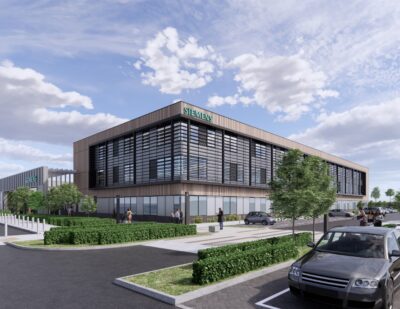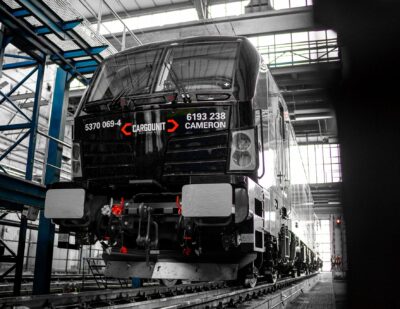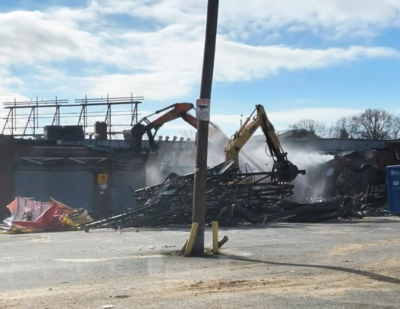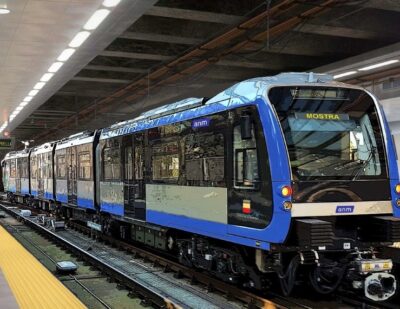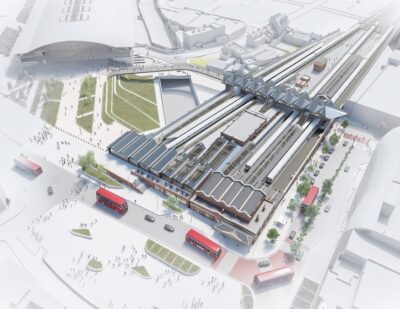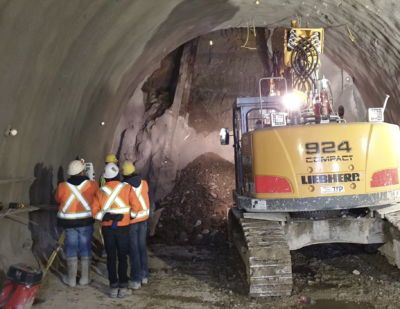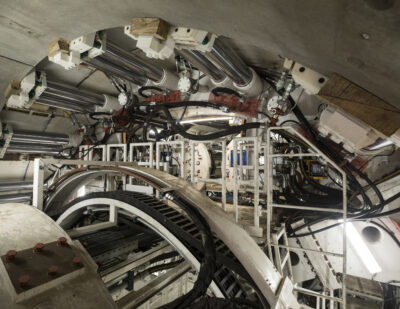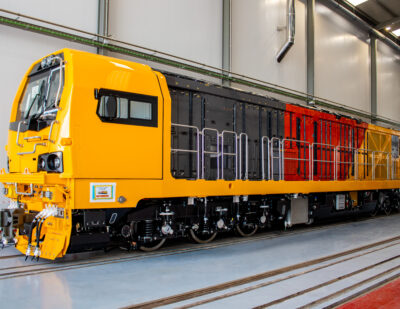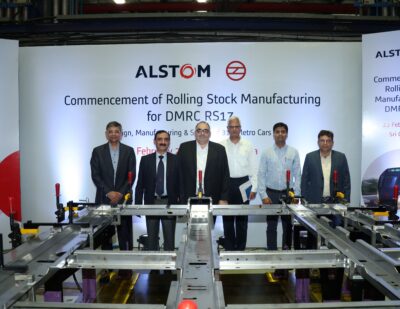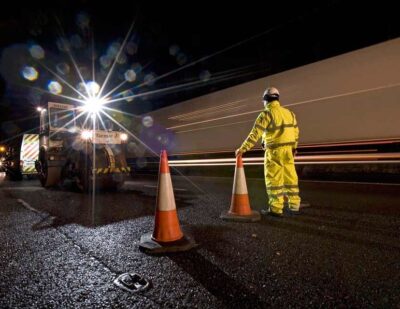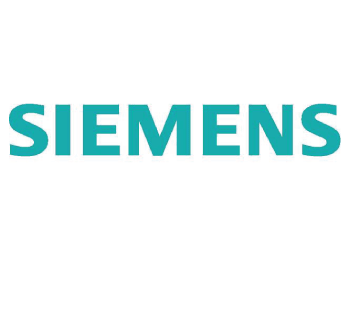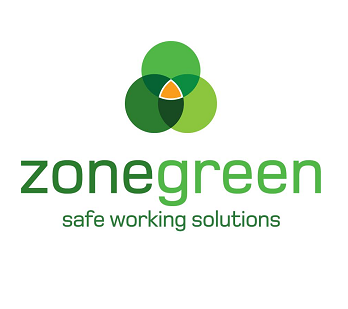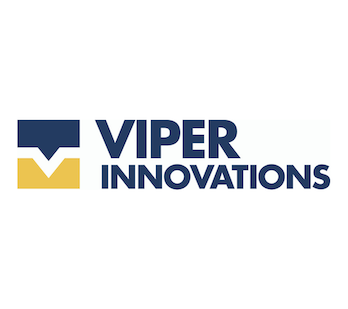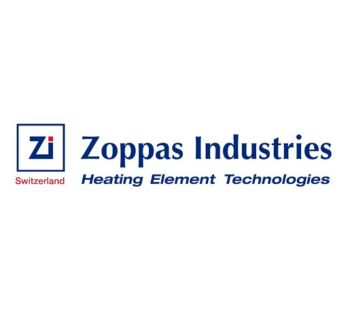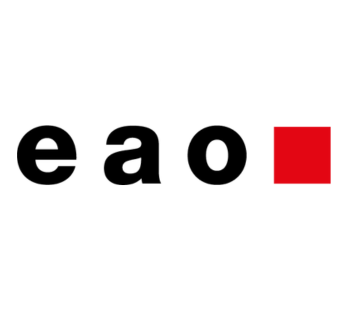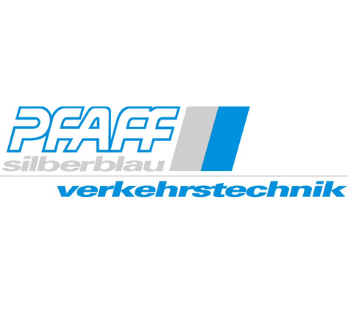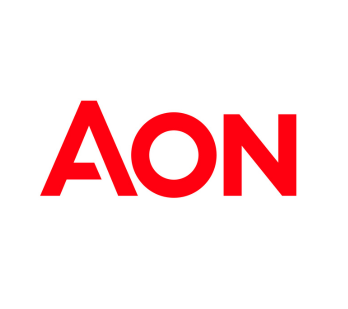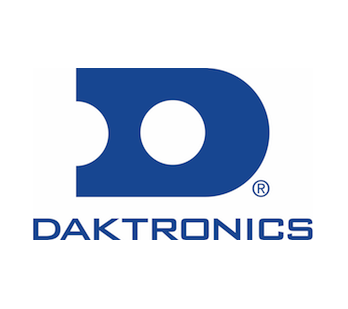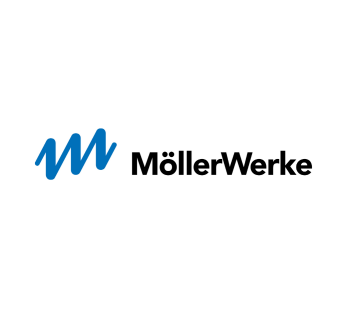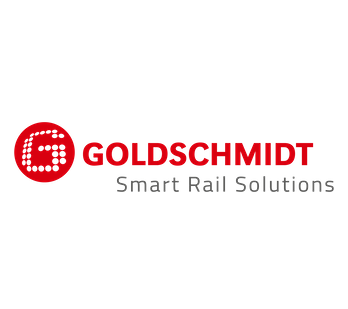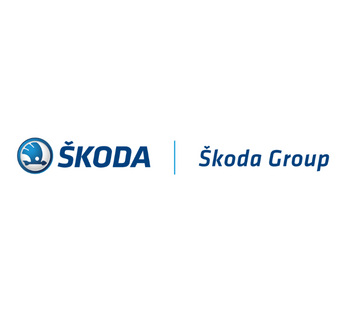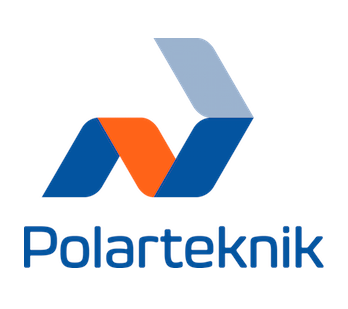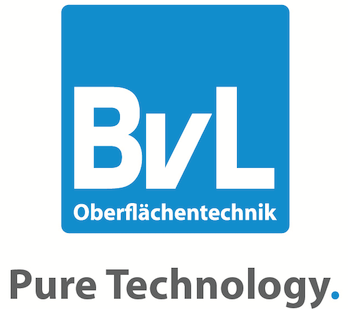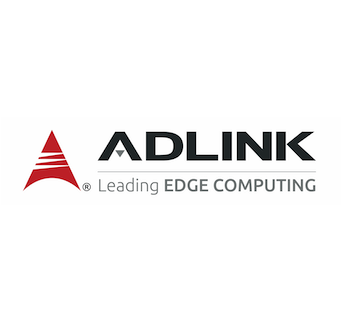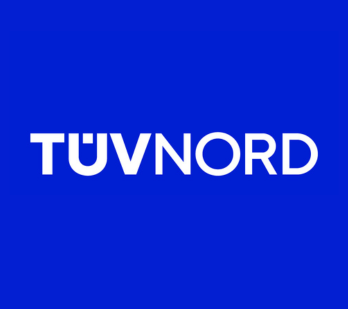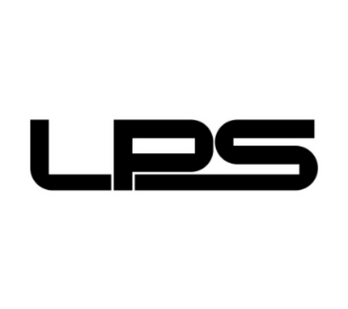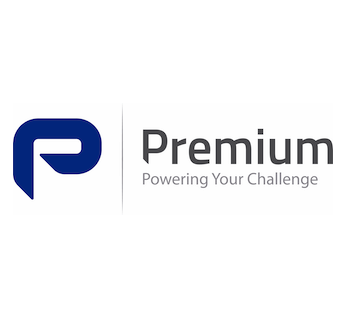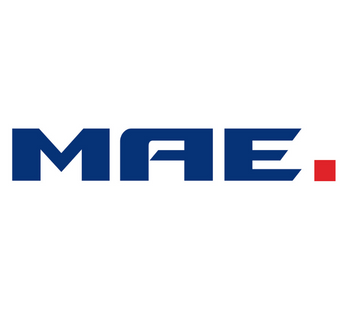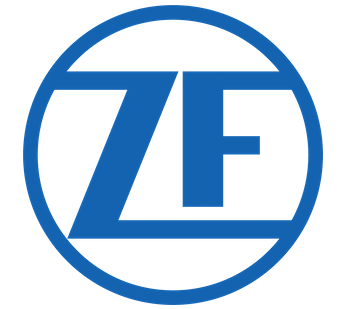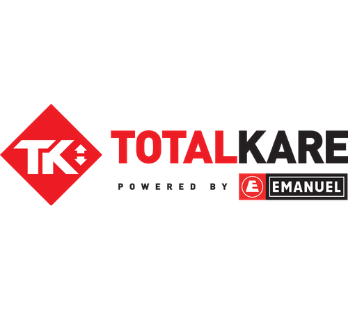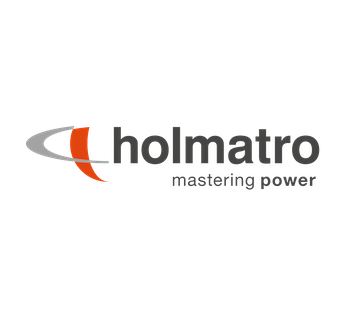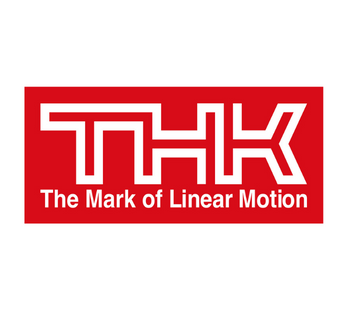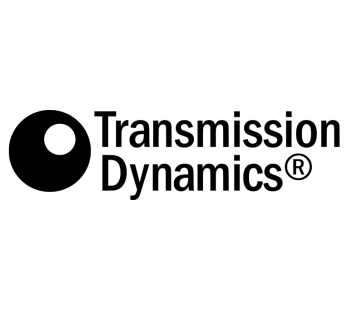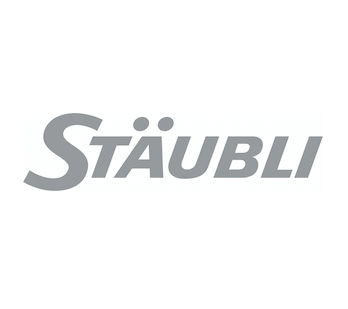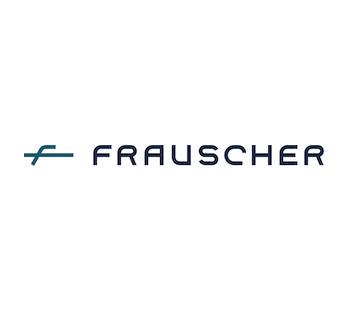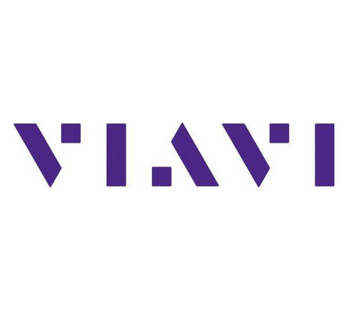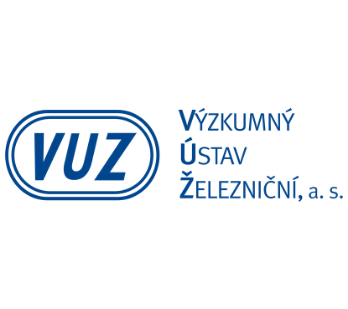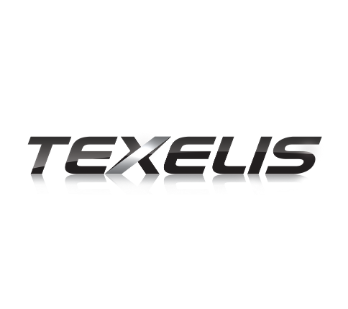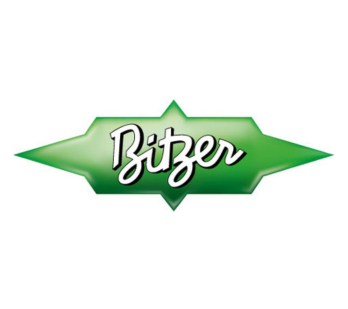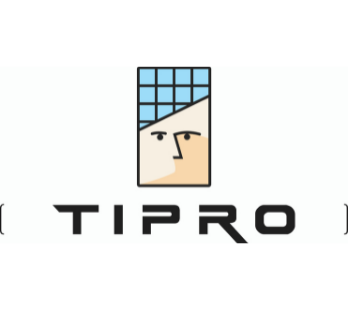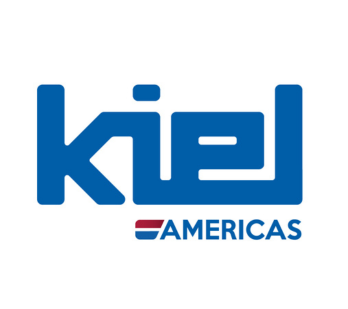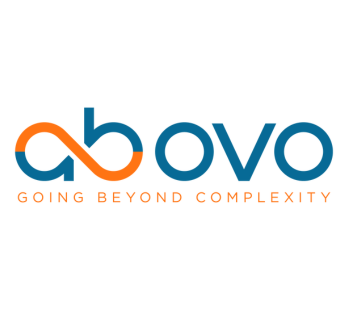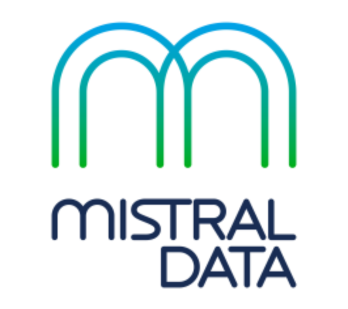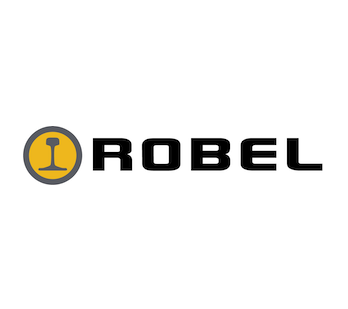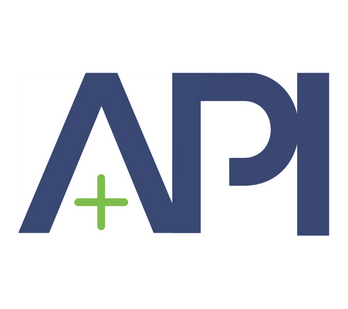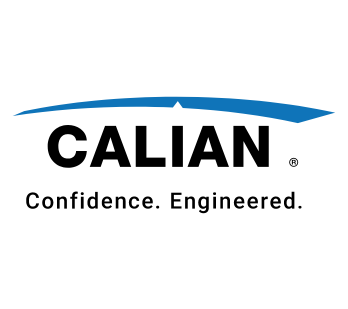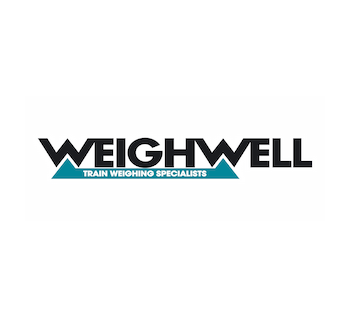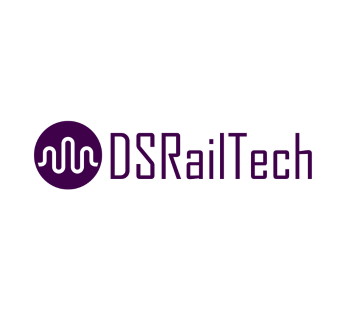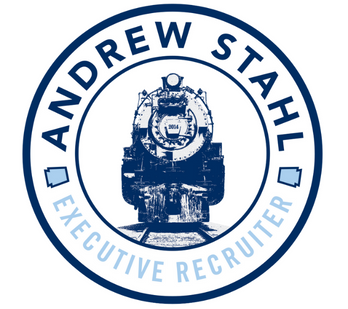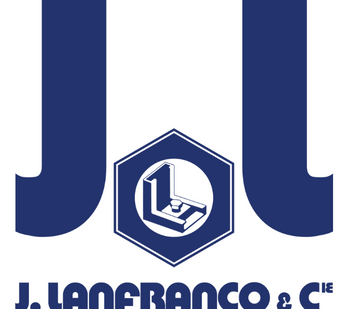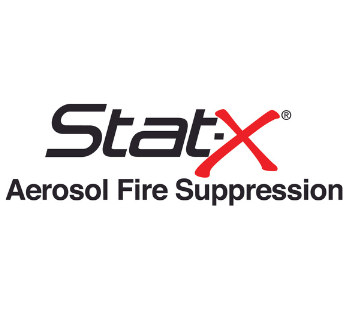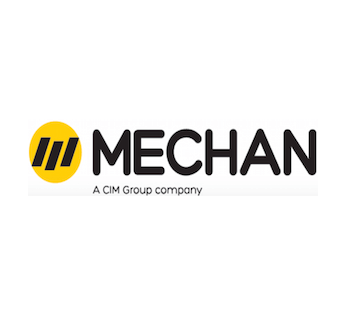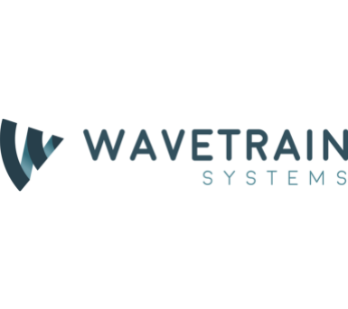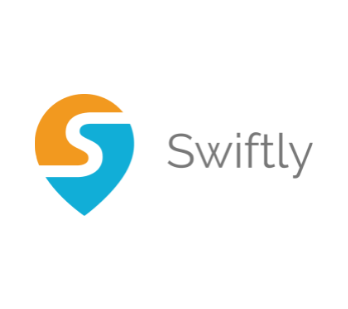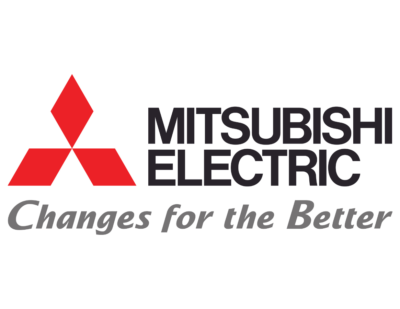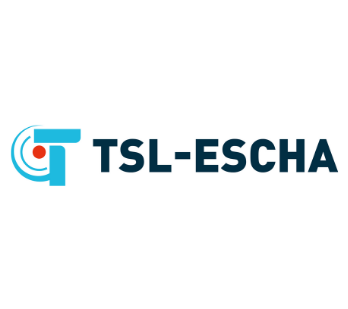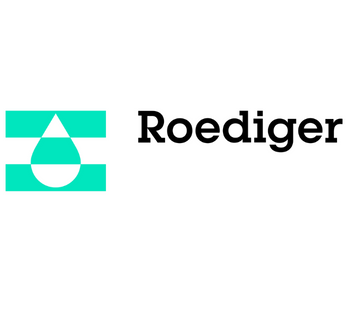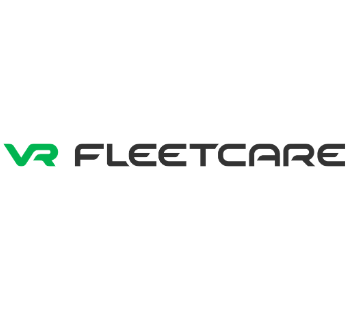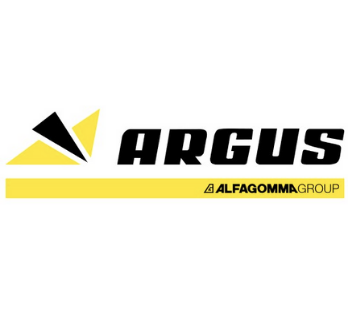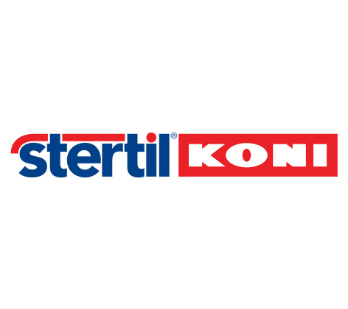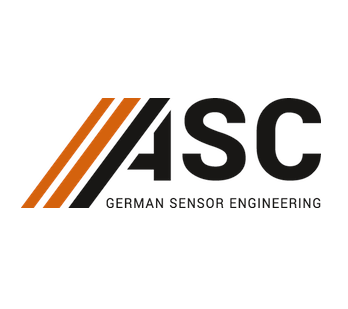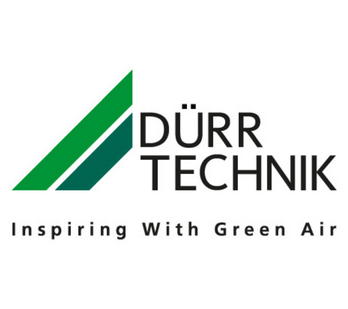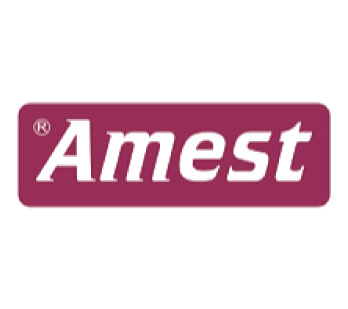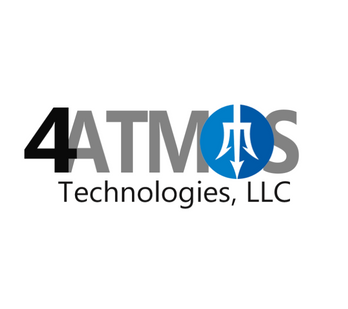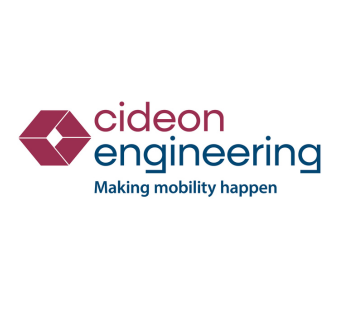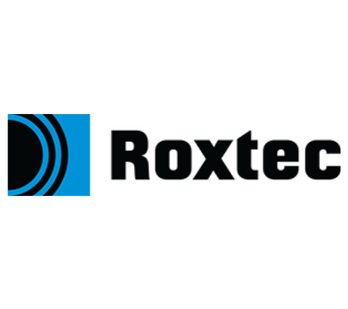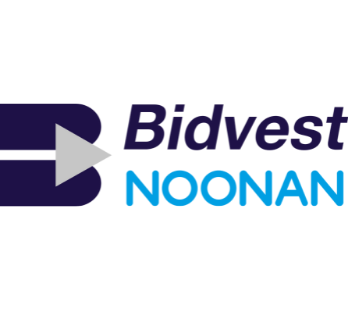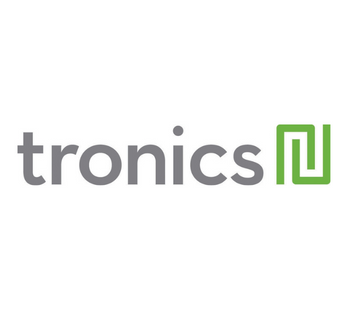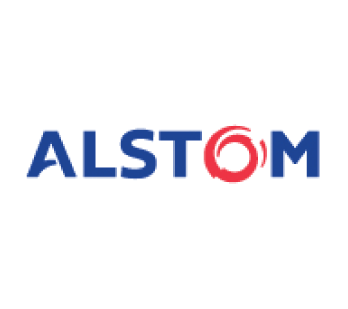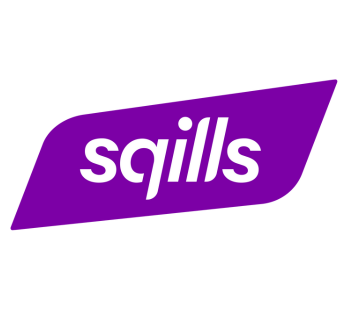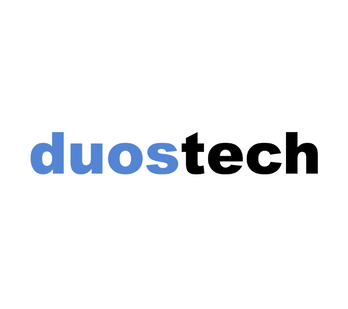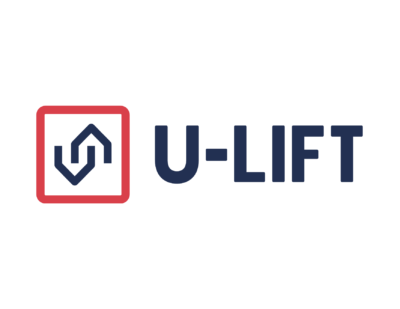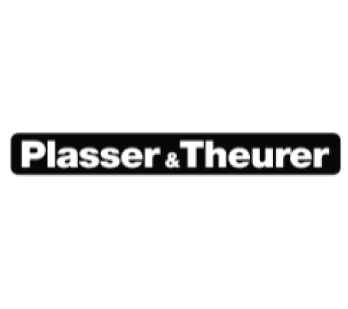The Role of Academia in the Rail Industry
As populations grow and become more urbanised, with increasing pressure to make transportation more ecologically friendly, and with society moving further and further towards digitalisation, the rail industry is called upon to evolve to meet demand.

The industry is one of the fastest developing industries in the world, while electric and self-driving cars are still being tested, automated trains with self-regenerative braking systems are already in use all over the world.
Technology is evolving, and for this to occur it must happen not just at an industry level. The role of academia in the development of rail transportation has never been more important. With that in mind, Railway-News spoke to four leading academics from railway institutes around the world find out more.
Academia in the Rail Industry
We spoke to Assistant Professor Pasi Lautala, PhD, P.E., the Director of the Rail Transportation Program at Michigan Tech University in the United States, Prof. Uday Kumar, PhD, Director of the Luleå Railway Research Center at Luleå University of Technology in Sweden, Professor Simon Iwnicki, Director of the Institute of Railway Research at the University of Huddersfield in the UK, Dr Coen van Gulijk, Reader in Rail Safety and Risk, also at the Institute of Railway Research, and Professor Shri Prakash, the Indian Railways Chair Professor at the TERI University in India.
Should Academia be More Involved in the Industry?
 Professor Pasi Lautala, USA:
Professor Pasi Lautala, USA:
“We started ten years ago, as one of a handful of universities in the US who focused on the railway industry. Since then a large number has grown, with student chapters of The American Railway Engineering and Maintenance-of-Way Association springing up around the country, of which Michigan Tech was the first. Universities struggle to find industry partners, just as the industry is still figuring out how to use academia in the best way. We have a long way to go, but we’ve made some progress.”
Professor Uday Kumar, Sweden:
“I strongly believe that the level of engagement of academia with industry is much poorer in most parts of the world. Notable exceptions are North European universities.”
 Professor Simon Iwnicki, UK:
Professor Simon Iwnicki, UK:
“Yes, I think there can be a perceived barrier between academic and industry priorities but in my experience this has been reducing in recent years as industry has become more innovative and as academic research has become more focused on impact. Actually in the UK we have an organisation called the Rail Research UK Association (RRUKA), which exists to bridge the gap between universities and industry. RRUKA has around 50 university members and organises networking events to allow academics and industry colleagues to meet and inform each other on key problems and priorities of the industry and on new research developments and findings. RRUKA also stimulates research activity in areas relevant to the railway industry by funding feasibility studies on key topics and organising briefing sessions for university teams prior to inviting collaborative bids. Examples of projects that have resulted from these initiatives include research into the problem of low wheel-rail adhesion, light-weighting of rolling stock and the use of smart materials for condition monitoring.”
Professor Shri Prakash, India:
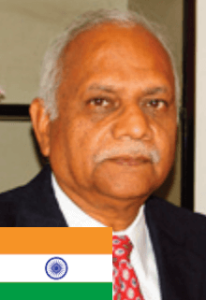 “Certainly. Without any effective involvement the research becomes abstract and an end to itself. Although it is also necessary to explore the new frontiers in knowledge and what looks today abstract may become an essential part of applied science tomorrow. At the moment, where a policy making exercise has to be knowledge-based, the industry and the government should involve academia to enrich their professional capability. In fact, they are complementary to each other. With inputs from industry and the government largely in form of information and data the academia can help them in providing solutions to many of the key issues.”
“Certainly. Without any effective involvement the research becomes abstract and an end to itself. Although it is also necessary to explore the new frontiers in knowledge and what looks today abstract may become an essential part of applied science tomorrow. At the moment, where a policy making exercise has to be knowledge-based, the industry and the government should involve academia to enrich their professional capability. In fact, they are complementary to each other. With inputs from industry and the government largely in form of information and data the academia can help them in providing solutions to many of the key issues.”
Could you tell me a little bit about the Institute of Railway Research and your role within it?
 Dr Coen Gulijk, UK:
Dr Coen Gulijk, UK:
“The Institute of Railway Research (IRR) is a world-leading team of academic and research staff carrying out research and consultancy related to railway vehicle dynamics and the complex interaction between vehicles and the track. For over 18 years the group has contributed to improving understanding of railway vehicle dynamics and wheel-rail interaction and has developed a number of analysis tools and techniques which are being used by railway engineers to control and optimise the vehicletrack interface. The IRR supports its core work with expertise in laboratory testing, on-vehicle instrumentation and data collection, and advanced computing techniques. This work is helping the railway industry to reduce track maintenance costs, to increase safety levels and resistance to derailment and to put in place the conditions which will allow a modal shift from road to rail. I think that the focus on industry is the IRR’s strongest point. Our research programme is inspired by industry concerns. We strive to support the GB railways to be the best in the world.
I am a safety researcher and my role is to support the GB railways in their efforts to deliver effective and efficient safety in a time of rapid technological change. I work with a team of five railway safety researchers with a background on research and practice on safety management systems, human factors, RAMS, data analytics, security and signalling. These experts also bring experience from other high-risk industries together.
We work in strategic partnership with RSSB to develop safety management technologies for the 21st century. RSSB is taking a major step forward by the IT transformation project SMIS+ [Safety Management Information System+]. I think the industry will recognize the added value of such systems quite quickly after its launch in November this year. Our part is to investigate additional business intelligence tools for SMIS+ and the GB railway industry at large.”
How would you describe the collaboration between academic bodies such as yours and the rail industry, particularly with regard to implementation?
 Dr Coen Gulijk, UK:
Dr Coen Gulijk, UK:
“For the IRR, industry collaboration comes naturally. With railway organizations returning with practical concerns and implementation problems I think we are living proof that collaboration between universities and businesses is of mutual benefit. But direct collaboration aside, I believe that universities should play their part in technology-horizon scanning for the railways.
Collaboration requires a level of mutual understanding which does not necessarily come naturally. Trust and taking the time to listen, I believe, are the most important ingredients for successful information transfer. Also, both academia and industry have to be aware of their natural pit-falls. I believe that the new rules for franchising, where part of the franchise has to be dedicated to innovation, provides platforms for building such trust.
With the RSSB-Huddersfield strategic partnership we have gone through the process of building trust and sharing ideas. I think the benefits are great for RSSB and IRR alike. Speaking for myself, we are tied in to SMIS+ developments and we can align our research alongside direct interests for SMIS+. Examples include semi-automate textanalysis to extract safety lessons from close calls and analysing OTMR [On Train Monitoring Recorder] files to gain insight in operations performance. These projects yield academic kudos and added value to the industry at the same time. For RSSB, I believe, there are two benefits. Firstly, it allows for the negotiation of an efficient research pipeline where several project ideas are debated before deciding which is the most opportune or timely to perform. It is also easier to change the direction of the project without complicated contract negotiations. Secondly, through the partnership we can be seconded almost immediately in whatever direct need RSSB has such as reviews, contributions to workshops and public events without the need for contract negotiations.”
 Professor Pasi Lautala, USA:
Professor Pasi Lautala, USA:
“We are looking at gate crossing safety – using driver simulators to see how people behave and react to different warnings, and we are expecting to start a project with the Federal Railroad Administration very soon to validate these results. We are also looking at in-vehicle warnings for drivers approaching gate crossings which we hope will translate into the industry in the future.
We are also undertaking a project to look at the haulage of biofuels, carrying out statistical modelling to work out the optimum solution to haul timber by rail, which of course does not originate from a fixed plant but rather large areas. That’s really challenging.”
 Professor Uday Kumar, Sweden:
Professor Uday Kumar, Sweden:
“Our education programme, research priorities and projects are all aligned to the need of present day Swedish railway sector with special focus on operation and maintenance of railway systems so as to make it more attractive and competitive.
We are closely working with Swedish transport administration TRAFIKVERKET to develop maintenance solutions relevant for current and future railway systems in close co-operation with TRAFIKVERKET.
In Sweden we are involved in many national projects mainly funded by TRAFIKVERKET and others with Swedish railway companies, apart from EU Horizons 2020 projects such as Shift2Rail, IN2RAIL, Infralert, etc.”
 Professor Shri Prakash, India:
Professor Shri Prakash, India:
“Currently I have a research project that looks into the causes of the decline in the railway’s market share in freight transport and suggest measures that increases the railway’s share particularly for transport of cement, automobiles and containers. We will extend this study further to non-bulk commodities. We are also looking into the environmental impact of high-speed rail as well as of road highways and expressways. We have already completed life-cycle analysis of energy consumption of passenger transport modes and now intend to do a similar analysis for freight transport.”
What strengths does academia have that the industry lacks?
 Professor Pasi Lautala, USA:
Professor Pasi Lautala, USA:
“Academia has a different approach when it comes to research and development. The industry approaches issues based on experience and empirical research, it doesn’t use a lot of science in the US. It experiments with what works but doesn’t look into why it works. Academia looks deeper into the challenges and conflicts the industry faces and counters them differently. We look at things with a fresh eye.”
 Professor Simon Iwnicki, UK:
Professor Simon Iwnicki, UK:
“I think that the academic environment can allow innovative ideas to be explored in a relatively unconstrained way. This can lead to radical developments which have the potential to become step changes in the way that things are done. Of course it doesn’t always work out like this and research projects do run the risk of failure but even failure can lead to new knowledge and failure in a safe academic context rather than on the railway is clearly the better option!
Academic networks and conferences can also be good at taking a broader view of a problem and bringing in knowledge from different disciplines. This is an area that has been receiving more attention recently and funding is sometimes available specifically for cross disciplinary projects. The railway industry can be quite narrow in its outlook and stepping outside the industry environment can allow ideas which might be commonplace in other modes or industries to be considered and potentially adopted to improve performance.
Universities are generally good at disseminating knowledge although this does need to be aligned with the potential beneficiaries. The best arrangement is for industry academic partnerships where each side can bring its own strengths.”
 Professor Shri Prakash, India:
Professor Shri Prakash, India:
The academia has analytical ability and access to the knowledge that has become universal with the advent of internet and IT tools. The industry has the data and information, however, most of the time they are suspicious of sharing with the academic world. I wanted to talk with you about the idea of big data and its potential for the rail industry.
Could you say a little bit about this?
 Dr Coen Gulijk, UK:
Dr Coen Gulijk, UK:
“We have called our research programme Big Data Risk Analysis for the GB railways. This research is set against the background of the global trend that transforms the way that business itself changes. The IT transformation of business entails the modelling in business processes and design of software solutions to support the business model. This is partly enabled by breakthroughs in IT (e.g. a broader accessibility of software to make infinitely scalable databases which contain mixed information) and IT business intelligence systems (e.g. real-time business intelligence). Businesses that embrace this way of doing business, broadly termed Business 4.0, face a tough transformation but tend to make their businesses more transparent, efficient and responsive to customers’ needs. Crossrail and Network Rail are involved in such transformations and the Digital Railway follows this trend.
If management changes, safety management has to change alongside. RSSB’s SMIS+ paves the way and HUDD’s safety research considers the opportunities and consequences of such transformations. We cannot be sure exactly where Business 4.0 will bring us and how fast it will go but it is sure to deliver efficient, effective real-time safety to the GB railway. GB is ready to lead in this relevant and exciting domain!”
What kind of funding can academic institutions expect from industry?
 Professor Pasi Lautala, USA:
Professor Pasi Lautala, USA:
“There is some funding from private rail companies, but it is very limited, the association of American Railroads University Affiliates Group has a set group of three or four universities that get dedicated funding for doing small scanning projects, but these grants are limited. Some companies work with universities on small, short-term projects focusing on specific topics.
We try to have an industry partner in every project we undertake, either to supply supplement funding or active participation in terms the provision of data or experience. We have worked with CN Railway, Union Pacific Railroad and Norfolk Southern, but we also work heavily with the Michigan Department of Transportation.”
 Professor Uday Kumar, Sweden:
Professor Uday Kumar, Sweden:
“Industry-sponsored projects with a focus on finding solutions to both short-term and long-term problems. Industry funding can make university research more relevant and useful for society.”
 Professor Simon Iwnicki, UK:
Professor Simon Iwnicki, UK:
“Academic institutions with a good track record of implementing solutions can receive significant levels of funding directly from industry. Usually this is in connection with the solution of specific problems or improvements in efficiency or safety or reduction of costs. These projects tend to be shorter-term but there are also some very effective long-term strategic partnerships between UK universities and industry. Research funding to universities often depends on evidence of impact or potential impact and industry support can unlock research funding even for longer term, more ‘blue skies’ projects. In the UK and Europe much of the available research funding is awarded to joint projects between industry and academia. This is often very effective as industry plays a useful role in defining the research direction and in implementing the findings.”
 Professor Shri Prakash, India:
Professor Shri Prakash, India:
“The biggest problem academic institutions face is the inadequacy of funds for pursuing research. The industry generally spends money for their own commercial research for furthering business interests. There should be appropriate mechanisms for a closer interaction among industry, government and academic institutions with mutual sharing of knowledge and funds. The establishment of a dedicated national research fund by the government from contributions from both the government and the industry may go a long way in financing research projects in academic and research organisations.”
What are some of the success stories and notable projects for your institute?
 Dr Coen Gulijk, UK:
Dr Coen Gulijk, UK:
“The Institute of Railway Research is a highly successful research institute. Not only has it been very successful in attracting research funds from EPSRC [Engineering and Physical Sciences Research Council] and the EU but it has been extremely successful in supporting the GB railway industry with dedicated engineering knowledge.
The IRR works with many of the major UK rail industry stakeholders including Network Rail, RSSB, London Underground, Transport for London, Lloyds Register Rail, TATA Steel, Ove Arup and the majority of UK light rail operators. The Institute also collaborates with many other universities both in the UK and worldwide. The IRR has attracted significant funding which enabled it to build a full roller-rig test facility to serve the industry and research alike. We are extremely proud of such magnificent test facilities and the value it has for industry implementation projects.
A project that we are particularly proud of is the work we do with Crossrail where our engineering modelling expertise is embedded in an integrated asset management system. The integrated management system is another example where GB leads the IT transformation process on the railways.
The Big Data Risk-Analysis Symposium has been a success since we started it last year. It is a platform where the industry can debate the IT transformation of railway safety systems. Last year’s proceedings will be published as a special issue of the SaRS journal which was recently turned into an international scientific journal.”
 Professor Pasi Lautala, USA:
Professor Pasi Lautala, USA:
“Our undergraduates’ senior design projects are being taken up by the industry. A notable one is a technology which ensures that repairs to rails have been thorough using magnetic viewing film which works in cold conditions to find any missed defaults. This project was with CN Railway who are now looking at field testing the technology for a large-scale implementation.”
 Professor Uday Kumar, Sweden:
Professor Uday Kumar, Sweden:
“Many of our research work has been successfully implemented in Swedish Transport Administration (Railway). To name a few: LCC analysis of switches and crossing, RAMS analysis of signalling systems, e-Maintenance for railway systems etc.”
 Professor Simon Iwnicki, UK:
Professor Simon Iwnicki, UK:
“The outcomes from many of our projects have resulted in improvements in understanding and often in the way that parts of the railway system are designed or operated. For example we have worked with industry partners to use computer simulation tools to optimise maintenance of railway wheels and this has resulted in significant life extensions without compromising safety.
As part of several collaborative projects we have helped the railway to develop tools to effectively allocate the cost of track deterioration to the vehicles causing this and this has also driven innovative vehicle designs. In the SUSTRAIL project we and other academic and industry partners developed a high-speed freight vehicle which, through innovative design of the running gear, results in greater stability and reduced track forces. This in turn reduces track damage and results in lower system maintenance costs and improved vehicle ride despite the higher speeds.”
 Professor Shri Prakash, India:
Professor Shri Prakash, India:
“Yes, one of our research studies helped Indian Railways to rationalise route allocation for transport of imported coal to powerhouses, increasing revenue.”
FOR MORE INFORMATION ON ALL ASPECTS OF RAILWAY EDUCATION/TRAINING, PLEASE CLICK HERE.

